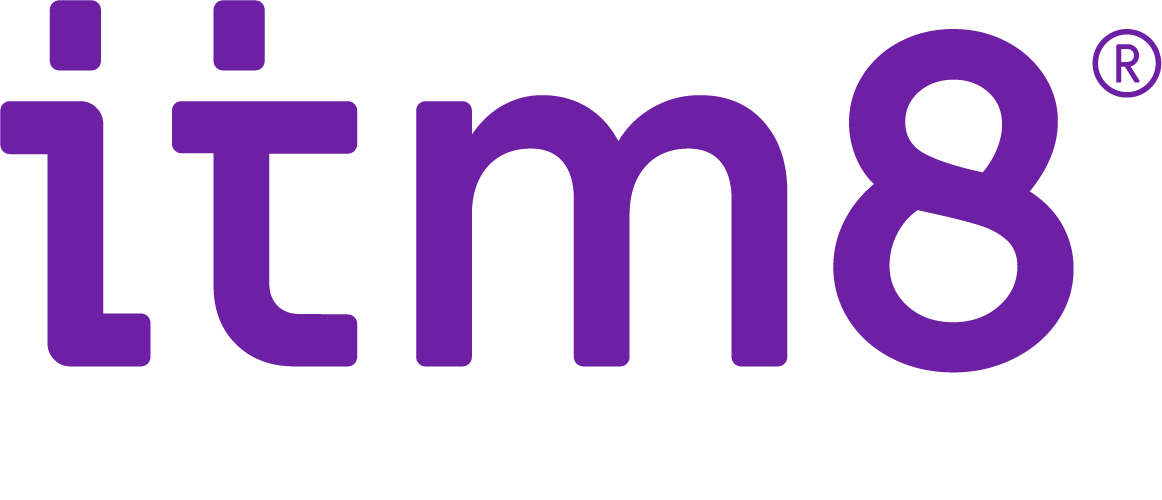Möjligheterna att jobba utanför den konventionella arbetsplatsen blir allt vanligare så det finns ett behov av att komplettera den klassiska säkerheten med nya metoder. Det utökade utbudet av arbetsredskap ställer även högre krav på kompatibilitet mellan olika plattformar där användarupplevelsen allt oftare är i centrum. Lägg därtill alltmer förekommande oegentligheter i form av intrång, gisslanprogram och informationsläckage så kan situationen verka dyster om inte rent av hopplös. För att komma till rätt med situationen så är det viktigt att identifiera på vilken nivå det eventuellt finns brister i säkerheten.
1. Skalskydd
Den första nivån är det konventionella skalskyddet vilket inte bara innehåller tekniska lösningar i form av brandväggar och liknande men även det fysiska skyddet i form av passersystem, lås och annat. Inom skalskyddet befinner sig information man vill skydda på datorer och servrar och de flesta organisationer har ofta ett fullgott skydd. Men information har idag en tendens att allt oftare befinna sig utanför skalskyddet i form av bärbara enheter, molnlösningar eller utbyte med samarbetspartner vilket kan innebära att ytterligare skydd behövs.
2. Enheter
I kategorin klassisk hantering av enheter kan man nämna metoder som till exempel Group Policies, System Center Configuration Manager (SCCM) och diverse anti-malware produkter men de har inte den träffsäkerhet på dagens marknad av enheter. Av den anledning har Mobile Device Management (MDM) framträtt som ett komplement eller kanske till och med som en ersättare i en del fall där målet är att kunna hantera alla typer av enheter baserat på olika operativsystem som till exempel iOS, Android, Windows och macOS.
Branschen är förhållandevis ung men ändå tillräckligt mogen för att kunna utgöra ett alternativ till dagens hantering av enheter med den vetskapen att möjligheterna är begränsade.
3. Applikationer
I de fall man inte har möjlighet att hantera enheterna direkt eller om något annat skäl föreligger så finns det numera möjligheter att hantera själva applikationerna, ett koncept vid namn Mobile Application Management (MAM). Fördelen med denna metod är att det finns möjligheter att begränsa informationsutbytet mellan applikationer och även att ställa krav i form av kryptering, PIN-kod och annat. Det är dock viktigt att påpeka att precis som MDM så har MAM begränsningar i funktionalitet på så vis att det finns ett begränsat utbud av applikationer som kan hanteras.
4. Information
Sist men inte minst så finns det även möjligheter att skydda information direkt med funktioner som till exempel innebär att man kan begränsa och spåra åtkomst. Detta kan utföras manuellt av användare med några enkla och smidiga manövrar eller per automatik baserat på ett regelverk. Oavsett utförande så är informationen begränsad och säkrad vilket ytterligare förstärker skyddet.
Identiteter
Samtliga metoder ovan är tillgängliga var för sig eller tillsammans i en helhet men en röd tråd som genomsyrar dem alla är identiteter. Oavsett vilken kombination som implementeras så är identiteten den kanske viktigaste punkten av dem alla att säkra. Det är då viktigt att man har möjlighet att förstärka, spåra och även blockera identiteter för att i största möjliga mån inte äventyra övrig säkerhet.
Microsoft EMS
En lösning som täcker in samtliga ovan säkerhetsmetoder bortsett från delar av skalskyddet är Microsoft Enterprise Mobility + Security (EMS) där enheter och applikationer säkras av Intune, information av Azure Information Protection och identiteter av Azure Active Directory Premium.





